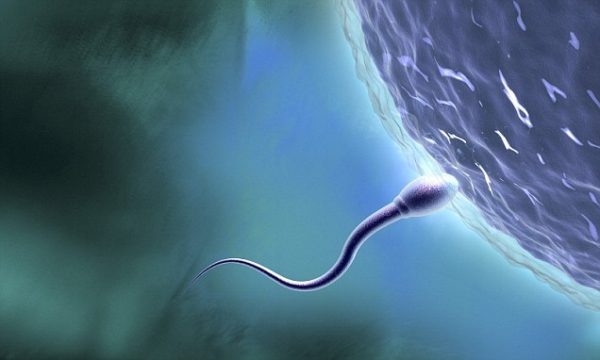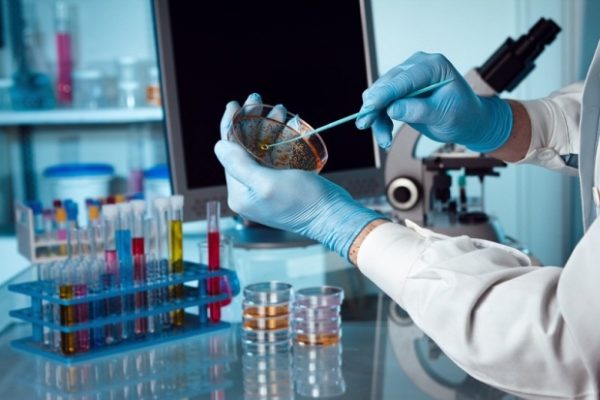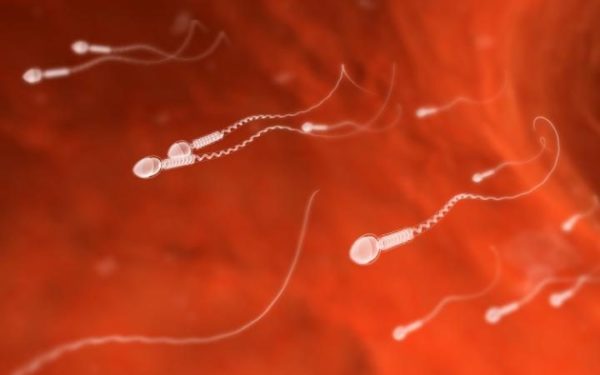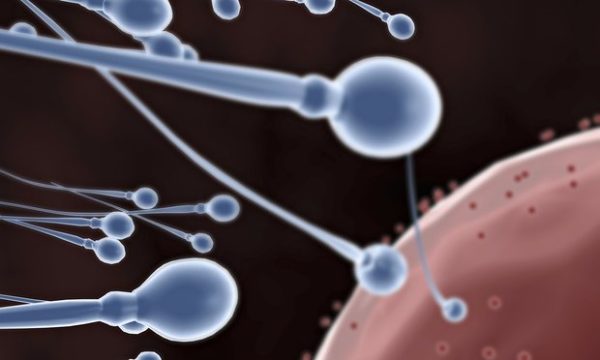
Researchers in Spain have announced that they have been able to create a human sperm from human skin cells, which could eventually lead to a treatment for infertility.
Worldwide, it is said about 15 per cent of couples are unable to have children. The only option available for such unfortunate couples is the use of a donated sperm or eggs from benevolent individuals.
The researcher at Spain’s Infertility Institute in the city of Valencia said their achievement marks a very significant milestone, which could improve human health in general. Spain’s Infertility Institute was founded in 1990 in the city of Valencia and is the first medical institution in Spain fully dedicated to Assisted Reproduction.
The result of the researchers’ study has been verified by other researchers at Standford University in the United States. The study has been officially accepted in the Scientific Reports, the online Journal of Nature.
The French News Agency, Agence France-Presse reports that the Spanish researchers were inspired by the work of Japan’s Shinya Yamanaka and Britain’s John Gordon, who in 2012 shared a Nobel Prize for the discovery that adult cells can be transformed back into embryo-like stem cells.
Simon and his team managed to re-programme mature skin cells by introducing a cocktail of genes needed to create gametes. However, in this current study, the researchers used one month in order for the skin cell to transform to become a germ cell, which can develop into sperm or an egg. The problem with it is that it does not have the ability as at now does to fertilize, which is an important part of pregnancy.
Earlier this year, some Chinese researchers announced they had created mice from artificial sperm. But this current research is looking at the human being.
Lead researcher of the study, Carlos Simon said the goal of their study is somehow different from that of the Chinese, and that they are still working to ensure that the sperm can be able to fertilize.
He was quoted as saying “This is a sperm but it needs a further maturation phase to become a gamete. This is just the beginning. With the human species we must do much more testing because we are talking about the birth of child. We are talking about a long process.”
Despite the challenge ahead for the researchers to ensure that fertilization can take place, observers say the researchers will also face some legal challenges. This is true because the technique involves in the creation of artificial embryos requires some legal procedures. At the moment, artificial embryos are not allowed in some countries. The researchers will therefore have to consider this challenge as well.
You want to support Anonymous Independent & Investigative News? Please, follow us on Twitter: Follow @AnonymousNewsHQ
This article (Breakthrough: Researchers Successfully Use Skin Cells to Create Human Sperm) is a free and open source. You have permission to republish this article under a Creative Commons license with attribution to the author and AnonHQ.com.







